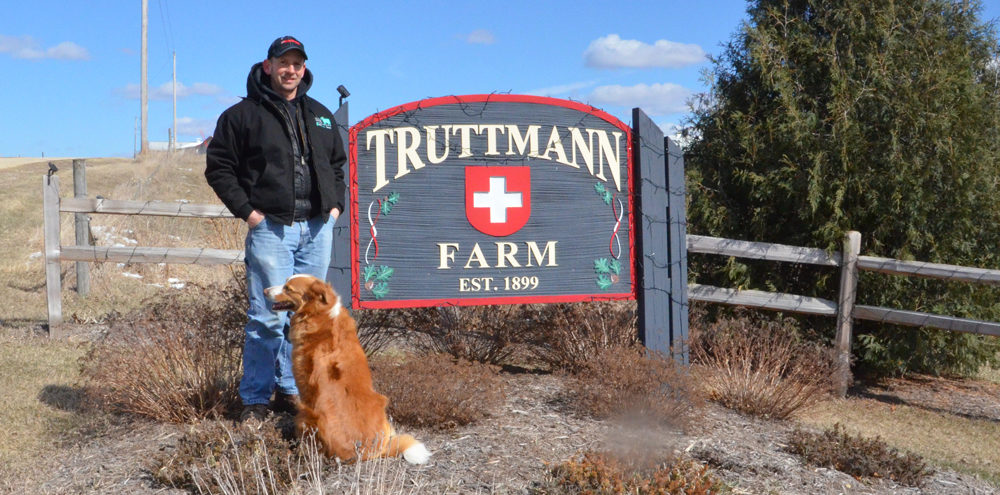No-Till Farmer
Get full access NOW to the most comprehensive, powerful and easy-to-use online resource for no-tillage practices. Just one good idea will pay for your subscription hundreds of times over.

The margin of error for Dan Truttmann is very small when it comes to raising crops and maintaining a herd of Jersey cows.
Shallow, highly erodible soils and 6-10% slopes bring a constant threat of erosion to his farm near New Glarus, Wis. And there’s additional pressure to ensure manure generated by the Jersey dairy is managed and applied responsibly to keep nutrients in his fields and protect local watersheds.
Some of his fields are made up of “push dirt” that was originally prairie, which means soil depth isn’t good, but organic matter levels are workable.
“They reason they called it push dirt was because with the old moldboard plows the soil didn't roll. They'd be dragging a plow through it and if there was some clay in it, it would hold together and roll over real nice. But this stuff, you’d just push through it and it just fell apart,” he says.
But these challenges have become manageable after three decades of no-tilling and investments in cover crops and precision technology, Dan says. Grain corn is yielding about 180 bushels an acre and soybeans average 55 bushels an acre. Soil organic matter has increased 1% from a decade ago to 4-5% in 2018.
“It’s always been important to us to keep what…